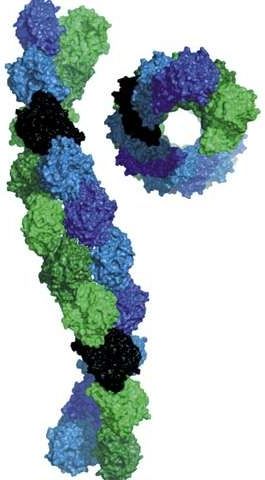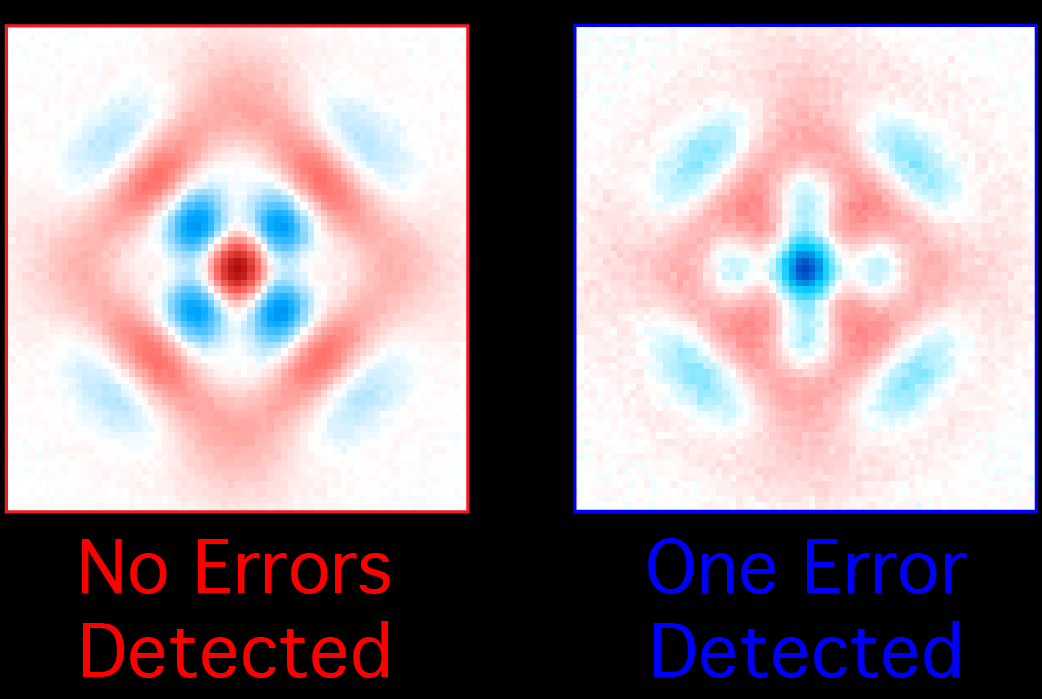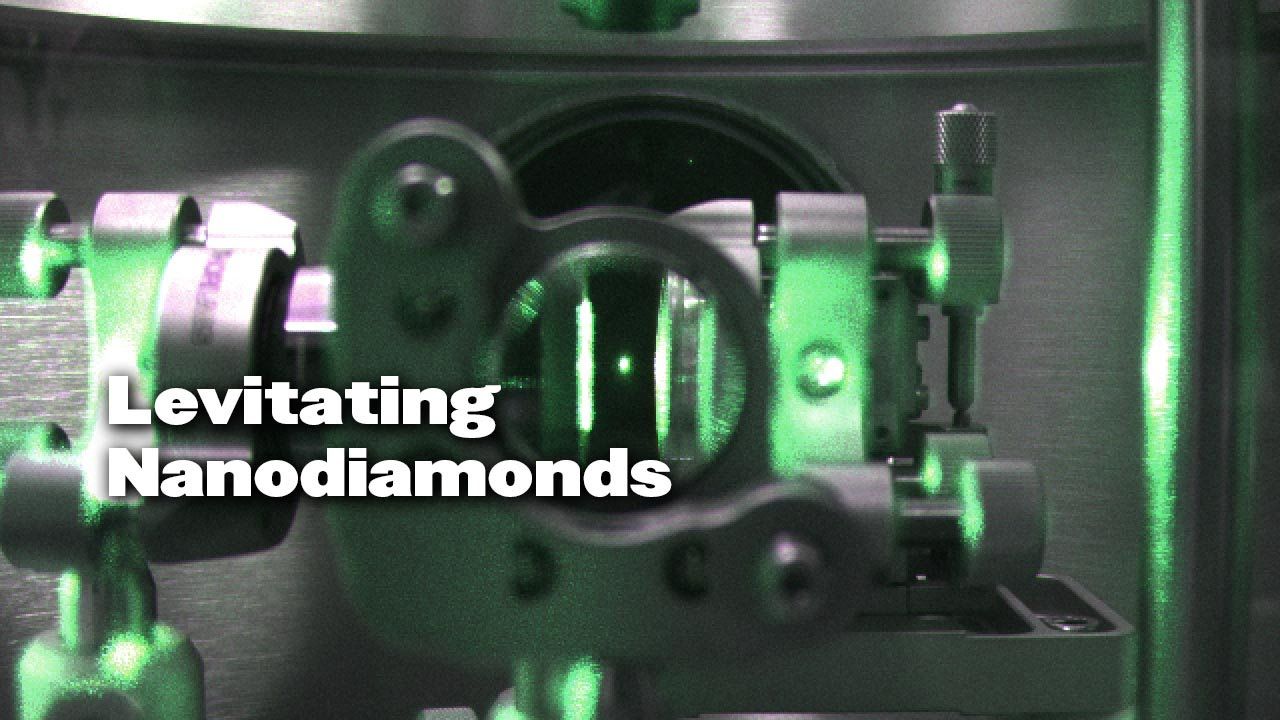Jul 20, 2016
Proteins that move DNA around in a bacterium are surprisingly similar to those in our own cells
Posted by Karen Hurst in categories: bioengineering, biotech/medical, evolution, singularity
Perfecting Synthetic biology — this definitely is advancement forward in the larger Singularity story.
In both higher organisms and bacteria, DNA must be segregated when cells divide, ensuring that the requisite share of duplicated DNA goes into each new cell. While previous studies indicated that bacteria and higher organisms use quite different systems to perform this task, A*STAR researchers have now found a bacterium that uses filaments with key similarities to those in multicellular organisms, including humans.
Robert Robinson from the A*STAR Institute of Molecular and Cell Biology has a long-standing interest in what he calls the “biological machines” that move DNA around when cells divide. He and his co-workers had gleaned from gene sequencing analysis that there was something distinctive about the DNA-moving machinery in the bacterium Bacillus thuringiensis.
















